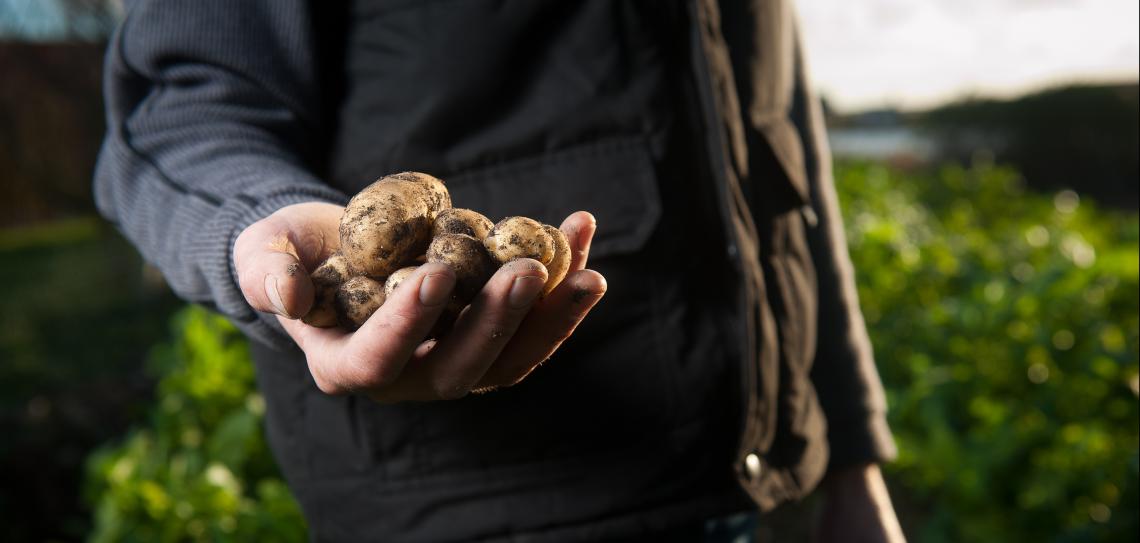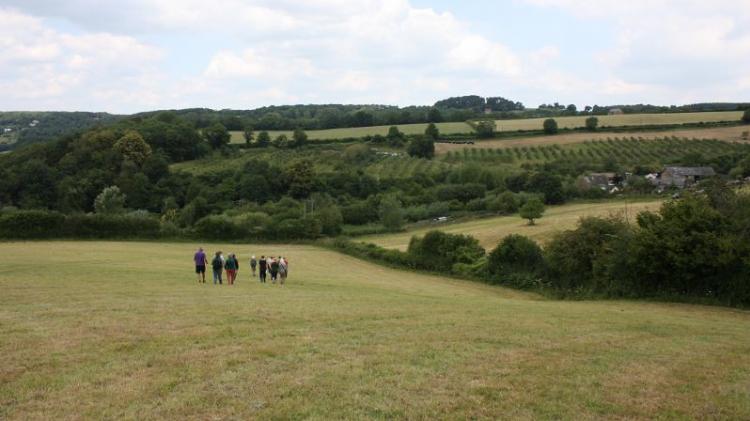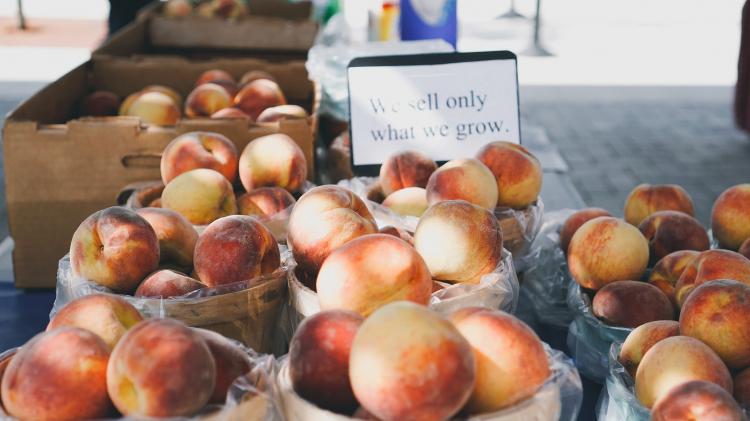
Farm regeneratively
Regeneration means restoring damaged systems. In farming this means improving biodiversity, building soil, planting trees, reducing emissions and sequestering carbon. Regenerative approaches include agroecology, organics, permaculture, agroforestry, no-till and biodynamics.

There is no single correct path, formula or set of practices to regenerative farming. A whole range of farming approaches strive to be regenerative. We can describe all of these approaches as 'unconventional agriculture'. They all share a set of key practices:
- Focusing on the productivity and health of the whole farm community; this includes soil and water organisms, crops, wild plants, livestock, wildlife and people
- Reduction or elimination of chemical fertilizers and herbicides which can pollute soils, drinking water, waterways and oceans
- Development of a farm enterprise that is economically and environmentally sustainable long term
- Use of crop rotations and cover crops to keep the soil healthy and reduce erosion
- Encouragement of balanced host/predator relationships through control methods including crop rotation, encouraging beneficial insects, improved genetics, and resistant varieties
- Recycling of organic residues and manures produced on the farm back to the soil
- Integrated weed management through crop rotation, mulch and cover crop
- Working to increase biodiversity through planting trees, restoring wetlands and building healthy soil
- Reduction of on-farm energy use, and/ or generation of power
- A passion for producing high quality, nutrient dense, delicious food
- An ethical approach based on compassion, humility and reverence for nature
Summing all this up, Colin Tudge has defined what he terms 'enlightened agriculture' as:
“Agriculture that is expressly designed to provide everyone, everywhere, with food of the highest quality, both nutritionally and gastronomically, without cruelty or injustice and without wrecking the rest of the world”.
There is a long-term debate in farmland ecology between 'land sparing' and 'land sharing'. Land sparing means that each parcel of land is managed to maximise either crop production or environmental benefits. Land sharing means that each piece of land is managed to produce both crops and environmental benefits. Regenerative farming favours land sharing, seeking to balance productivity and environmental benefits in every part of the farm landscape.

The combination of four cultivation practices is particularly effective for regenerating biodiversity and sequestering carbon without reducing productivity: reduced tillage, crop rotation, permanent soil cover from leaves or mulch and the use of carbon rich manure or compost. Field research suggests these four techniques are effective in all climate zones and soil types.
Regenerative farming and climate change
Terra Genesis International has set out a definition and principles for regenerative farming with a strong focus on its role in mitigating climate change.
This system of farming increases biodiversity, enriches soil, improves watersheds, enhances ecosystem services and aims to reverse global climate change by capturing carbon in soil and above ground biomass. At the same time, it offers increased yields, resilience to climate instability and higher health and vitality for farming communities.
The system draws from decades of scientific and applied research by the global communities of organic farming, agroecology, holistic grazing and agroforestry. From this comes four principles:
- Progressively improve the whole agroecosystem (soil, water and biodiversity)
- Create context-specific designs and make holistic decisions that express the essence of each farm.
- Ensure and develop just and reciprocal relationships amongst all stakeholders
- Continually grow and evolve individuals, farms and communities to express their innate potential.
Any farm can add some regenerative elements. You don't need to adopt one particular approach or undertake a radical farm-wide programme. The Scottish Government's Farming for a Better Climate programme presents many simple examples of effective regenerative actions that farmers have taken, from planting woodlands to on-farm solar panels.
If you're not a farmer yourself, your financial support for regenerative farming is important. You can build long-term relationships with local producers through a farmers' market, box scheme or farm shop. Find out what producers are doing to regenerate their land, gently encourage them to do more, and maybe even arrange a farm visit.
If these options aren't available to you, look for organic/ local/ high welfare food when shopping and ask your shop to introduce environmental buying policies with their suppliers. You can also volunteer for practical conservation work with a local charity; creating and managing wildlife features like woodlands, wetlands and meadows is an important part of landscape level regeneration
Picture credits: 1) Agence Producteurs - unsplash.com 2) https://www.flickr.com/photos/permaculture-association/6325742696/ 3) Brad Stallcup - Unsplash.com
Commission a carbon assessment for your farm
Make a series of regenerative improvements to your farm
Join or start a group of farmers committed to regenerative practice
Campaign for government support for regenerative farming



